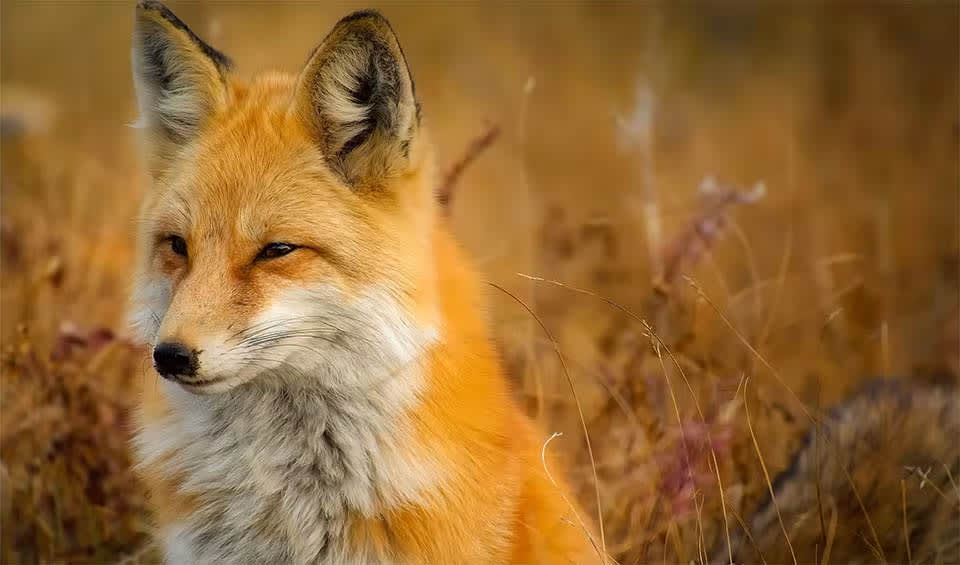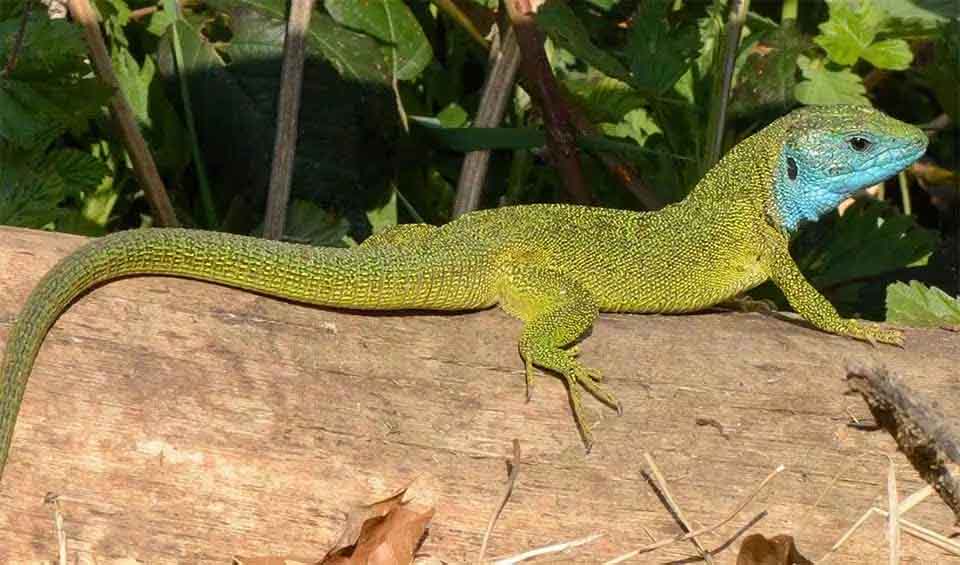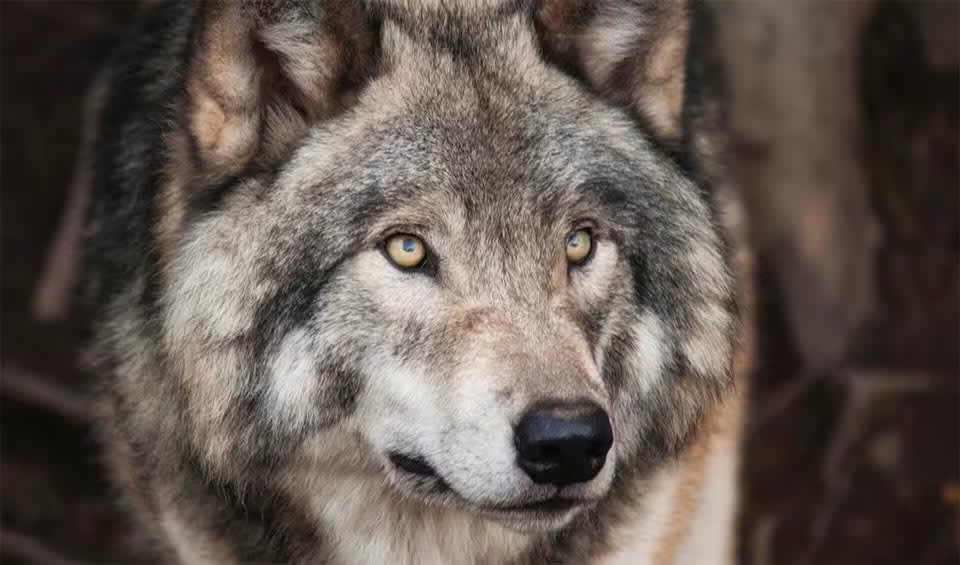Bosnia and Herzegovina is renowned for its remarkable biodiversity, with nearly 30% of its plant species being endemic to the Balkans. The country’s unique position at the crossroads of three distinct geological and climatic zones—Mediterranean, Alpine, and Continental—contributes to its diverse landscapes and rich array of species. These landscapes include mountains, forests, wetlands, and rivers, creating a mosaic of habitats that support a vast range of wildlife.
Recognized as one of Europe’s most biodiverse countries, Bosnia and Herzegovina’s rich natural heritage is vital for the livelihoods of its local communities and the overall health of the global ecosystem. While widely known for its stunning snow-capped mountains, Bosnia also prides itself on possessing a quaint 22 km stretch of coastline, the second-smallest in the world, adding to its unique geographical allure.
Four pillars elaborated:
Bosnia and Herzegovina boasts a rich natural heritage, with its protected areas covering over 57,836 hectares (142,918 acres), which accounts for 1.13% of the nation’s total land. The government is actively working to increase these conservation efforts, with a recent announcement in 2022 aiming to double the extent of protected territories from 2% to 4%. The protected regions in Bosnia and Herzegovina feature diverse landscapes such as mountains, forests, rivers, and lakes. Key sites among these protected areas include Sutjeska National Park, Kozara National Park, and Una National Park, each offering unique natural environments and biodiversity. Land Management
Land Management
The most significant pressures on biodiversity include habitat conversion, where natural areas are transformed for development, and over-exploitation of resources such as excessive logging, fishing, and hunting, which deplete wildlife populations and disrupt ecosystems. Pollution from agricultural runoff, industrial discharges, and urban waste significantly contaminates environments, adversely affecting both flora and fauna. Climate change exacerbates these issues, altering habitats and affecting species survival through extreme weather patterns and shifting temperatures. Threats to Biodiversity
Threats to Biodiversity
Additionally, invasive species disrupt native populations by outcompeting them for resources. Other contributing factors include wildfires, unsustainable practices in agriculture, energy production, mining, and industrial sectors, alongside inadequate waste management systems. Collectively, these pressures compound the environmental challenges, threatening biodiversity sustainability.
Bosnia and Herzegovina is deeply committed to biodiversity research and conservation. The country’s efforts are geared towards preserving critical habitats, promoting sustainable land-use practices, and enhancing public awareness of the importance of protecting its natural heritage. To structure these efforts, Bosnia and Herzegovina has established a National Biodiversity Strategy and Action Plan (NBSAP). This plan provides a detailed framework for safeguarding biodiversity, which includes identifying key conservation areas and formulating targeted actions to mitigate environmental threats. Capacity and Governance
Capacity and Governance
Additionally, Bosnia and Herzegovina collaborates with various international entities to bolster its conservation initiatives. These partnerships involve major organizations such as the United Nations Environment Programme (UNEP), the Global Environment Facility (GEF), and the European Union, helping to support and expand the country’s environmental protection measures.
Bosnia and Herzegovina has outlined several strategic initiatives to protect and manage its biodiversity and adapt to climate change from 2023 to 2030. The Biodiversity Strategy and Action Plan sets forth a vision focused on four main goals: enhancing knowledge and data collection, minimizing threats to biodiversity, maximizing the benefits derived from biodiversity, and ensuring effective governance and stakeholder participation. Future Trends
Future Trends
Simultaneously, the National Adaptation Plan addresses the impacts of climate change on the country’s biodiversity by identifying key vulnerabilities and proposing adaptive measures to protect ecosystems and species. Additionally, a Proposed Plan for Integrating Biodiversity Areas aims to identify crucial conservation areas and integrate them into national and regional planning processes, ensuring a comprehensive approach to environmental stewardship and sustainable
development.
Biodiversity
Bosnia and Herzegovina boasts a rich tapestry of biodiversity, home to around 5,000 verified plant species, including a significant 30% of the Balkans’ endemic flora, making it a crucial sanctuary for both ancient plant and animal life. The country’s plant life is diverse, featuring vibrant wildflowers, age-old trees, and uncommon medicinal herbs.The animal life in Bosnia is equally impressive, encompassing a wide variety of mammals, birds, reptiles, and amphibians. The extensive forests, winding rivers, and untouched lakes of Bosnia provide ideal conditions for many rare and endangered species. Furthermore, its strategic location makes it a vital corridor for bird migration, drawing numerous avian species from across Europe.
In the table below are the number of known species in several main groups, how many of these species are Threatened with extinction, and how many of them are Endemic (unique to Bosnia & Herzegovina only):
| Species (World rank) |
Threatened | % Threatened | Endemic | % Endemic | |
|---|---|---|---|---|---|
| Mammals | 96 (#115) | 4 | 4.2% | ||
| Birds | 281 (#139) | 9 | 3.2% | ||
| Reptiles | 9 (#186) | 3 | 33.3% | ||
| Amphibians | 17 (#112) | 1 | 5.9% | ||
| Fishes | 337 (#143) | 60 | 17.8% | 1 | 0.3% |
| Plants | 2,801 (#131) | 3 | 0.1% | 1 | 0.4% |
mammals
Brown bear
The second largest bear, right after the polar bear. Sadly, it well might top the list soon
Red fox
Ladies and gentlemen, please welcome the world’s most widely distributed carnivore!
European water vole
They are excellent swimmers and can hold their breath for up to 30 seconds underwater
birds
Saker falcon
Their keen vision enables them to scan vast landscapes, identifying small movements or potential prey items even from high altitudes
European goldfinch
Can hang upside down while feeding!
Eurasian kestrel
Adaptable raptor known for its hovering hunting technique and striking appearance
reptiles
European green lizard
Usually green, but its color can change a bit depending on where it lives and what it’s doing
European pond turtle
At the first sign of danger, it will quickly dive into the water and hide
Smooth snake
Can live for several decades under the right conditions, but grow slowly and only reach maturity after several years
amphibians
European fire-bellied toad
Known for its bright red belly, a bold warning to predators, combined with its distinctive “whoop” call
Alpine salamander
Swift, enjoys harsh weather, adores the mountains, and is toxic to its predators
Common spadefoot
Can produce a peculiar garlic-like smell when threatened, which acts as another line of defense to deter predators
National Animals
Wolf
The howl of each wolf is different
Golden eagle
This majestic brown raptor is most widely distributed eagle species


















